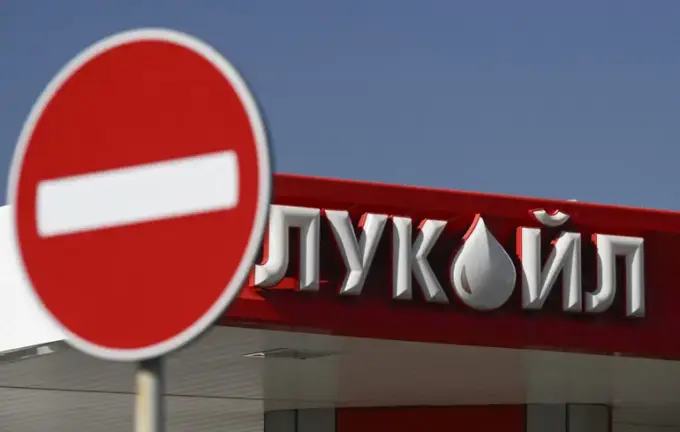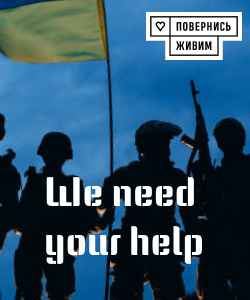Trump Imposes Sanctions on Russia: Political Moves and Global Implications

After months of hesitation and numerous compromises, Donald Trump finally took decisive action by implementing his administration’s first significant sanctions against Russia since the start of his second term.
The U.S.
Treasury Department blacklisted major Russian oil giants — “Rosneft” and “Lukoil” — which account for the bulk of Russia’s oil extraction and export.
These sanctions aim to impose economic pressure by freezing their assets and banning U.S.
companies from conducting business with them.
Given the strategic importance of the energy sector, which generates about 25% of Russia’s budget revenue, this move holds the potential to severely weaken Russia’s military-economic backbone.
The effectiveness of these sanctions, however, largely depends on how rigorously and consistently they are enforced by the United States — a matter still under scrutiny.
It’s worth noting that previous administrations avoided sanctioning “Rosneft” and “Lukoil” over concerns about rising fuel prices and inflation.
Trump’s current approach signals a marked shift towards increasing pressure on Vladimir Putin.
Reports suggest that countries like Japan decided against halting imports of Russian energy under U.S.
pressure, highlighting the geopolitical complexities.
A critical issue remains whether other key players, especially Chinese, Indian, and Turkish financial institutions, will successfully limit their dealings with sanctioned Russian companies and curb the declining trend in Russian oil exports.
China particularly faces a delicate balancing act, as it perceives itself as capable of challenging U.S.
economic dominance while maintaining support for Moscow.
Trump’s foreign policy behavior, characterized by impulsiveness and emotional decision-making, complicates predicting future actions.
Recently, his tone regarding Russia has become more hostile, but this shift stems from frustration over Putin’s defiance and provocative behaviors, despite previous attempts at diplomacy, such as the Alaska summit.
Ultimately, Trump’s efforts to force Moscow’s hand through drastic economic measures aim to achieve peace in Ukraine, hoping to pressure Putin by raising the costs of continuing the war.
However, given his strong inclination towards aggressive sanctions and backing Ukrainian resistance, further escalation cannot be ruled out.
This includes secondary sanctions, freezing assets, and providing Kyiv with advanced weaponry and intelligence support.
The potential use of U.S.
long-range missiles to strike Russian targets remains a contentious topic that garners intense debate.
Equally important is understanding how Putin continues to communicate and influence Trump, often offering new economic projects and diplomatic initiatives, even amid mutual frustrations.
Overall, U.S.
sanctions and policies toward Russia remain unpredictable, with room for unexpected shifts driven by Trump’s volatile decision-making style.

